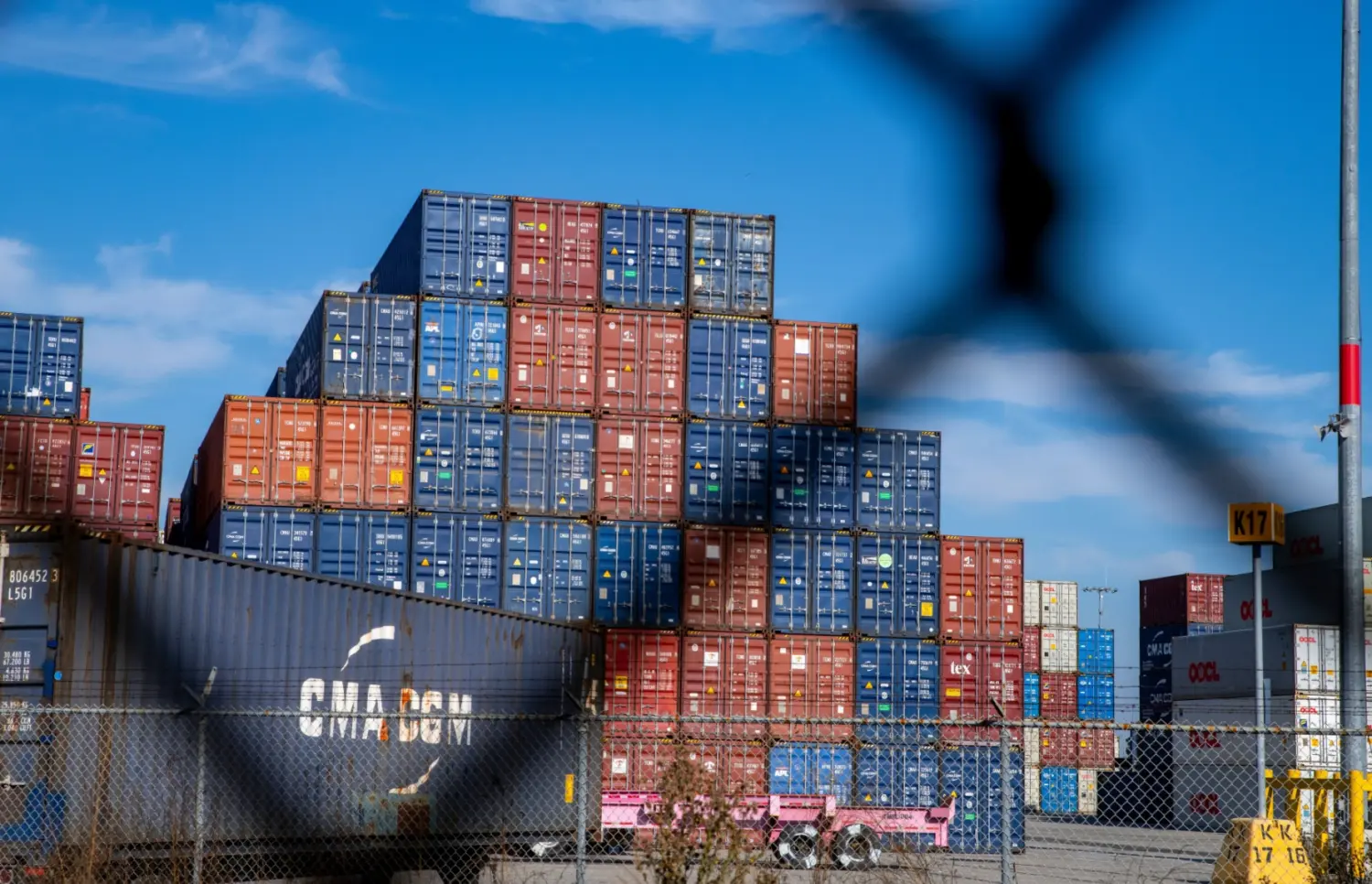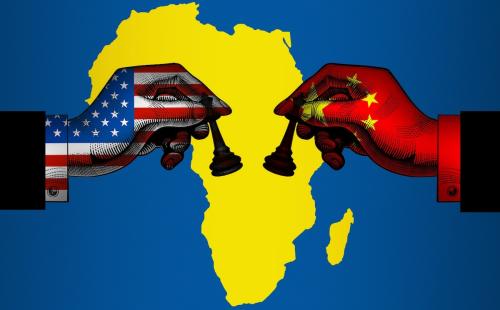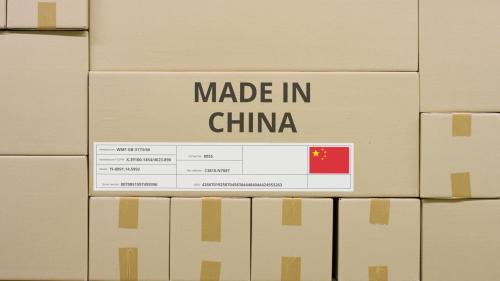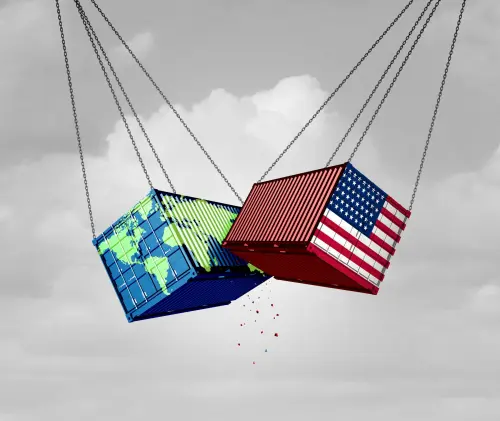The paper summarized here is part of the spring 2025 edition of the Brookings Papers on Economic Activity, the leading conference series and journal in economics for timely, cutting-edge research about real-world policy issues. Research findings are presented in a clear and accessible style to maximize their impact on economic understanding and policymaking. The editors are Brookings Nonresident Senior Fellows Janice Eberly and Jón Steinsson.
See the spring 2025 BPEA event page to watch paper presentations and read summaries of all the papers from this edition. Submit a proposal to present at a future BPEA conference here.
Sharp increases in tariffs on imports of foreign goods likely will do little to reduce the U.S. trade deficit and may not stop it from rising further, suggests a paper discussed at the Brookings Papers on Economic Activity (BPEA) conference on March 27.
“U.S. trade deficits are high and likely to rise, notwithstanding new and prospective tariffs,” writes the author, Maurice Obstfeld of the Peterson Institute for International Economics.
In his paper— “The U.S. Trade Deficit: Myths and Realities”—he examines the causes and consequences of the United States’ longstanding trade deficit. The United States has run a deficit in every quarter, except one, since the second quarter of 1976 and the annual deficit has averaged 3.1% of the gross domestic product since 2008, he notes.
“There is a lot of political rhetoric about the trade balance across the political spectrum. The message is that the trade deficit is always a bad thing and the result of either nefarious foreign machinations or the U.S. embracing globalization,” Obstfeld said in an interview with the Brookings Institution. “My message is that the reality is more nuanced.”
Developments abroad can increase the U.S. deficit, such as China’s policies that discourage consumption, Obstfeld notes. But domestic trends can play an even larger role. For instance, the bubble in U.S. housing prices in the early 2000s made homeowners wealthier, increasing their demand for both goods and services. Since most services cannot be imported, U.S. employment shifted toward services and the higher demand for manufactured goods was met by imports.
Nevertheless, Obstfeld argues, “it makes little sense…to blame the trade deficit for the decline in manufacturing employment,” although they are related through common fundamental drivers. He notes that China’s share of employment in manufacturing also has been falling for about 10 years.
“As economies grow richer through productivity growth, the manufacturing sector inevitably shrinks as a share of the economy—regardless of whether the trade balance is in deficit or surplus,” he said in the interview.
Obstfeld explained that the effect of increased tariffs isn’t clear because, although they will reduce imports, they also will reduce U.S. exports as other countries retaliate and as a stronger dollar (a consequence of fewer imports) makes U.S. goods and services more expensive abroad. Also, tariffs imposed on intermediate goods used by U.S. manufacturers to produce final products act as a tax on both U.S. exports of the final products and U.S. products that compete against imports.
In his paper, Obstfeld warns that if tariffs fail to reduce the trade deficit, it could increase political pressure on the Federal Reserve to weaken the dollar by cutting U.S. interest rates (which would make U.S. goods cheaper abroad).
“Unless the U.S. economy moves into recession, a substantial interest rate cut now would be inflationary” he writes. He warns that tariff and other threats to pressure foreign trade partners to strengthen their currencies and thereby weaken the dollar would be “as likely to induce economic and political decoupling from the United States as policy compliance.”
A better way to reduce demand for imports as well as the United States’ need to borrow from foreigners would be to decrease the U.S. budget deficit, Obstfeld argues.
“If Congress passes a budget that raises [fiscal] deficits, the situation is just going to get worse, notwithstanding any tariffs,” Obstfeld said in the interview. “Tariffs will generate some revenue, but not enough to plug the hole.”
CITATION
Obstfeld, Maurice. 2025. “The U.S. Trade Deficit: Myths and Realities.” BPEA Conference Draft, Spring.
-
Acknowledgements and disclosures
David Skidmore authored the summary language for this paper. Chris Miller assisted with data visualization.
The Brookings Institution is committed to quality, independence, and impact.
We are supported by a diverse array of funders. In line with our values and policies, each Brookings publication represents the sole views of its author(s).




